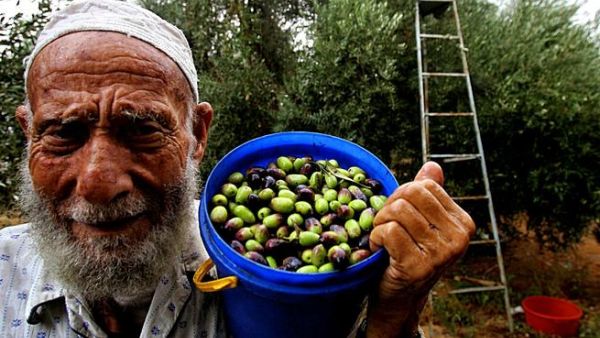Jordan’s olive oil production saw an 11 per cent increase in 2012, according to official figures released on Tuesday.
A report issued by the Department of Statistics (DoS) showed that the Kingdom’s olive farms produced 21,548 tonnes of olive oil during the harvest season between October 15 and January 23.
The DoS report estimated the volume of olives at 115,282 tonnes last year, 9 per cent higher than the 106,006 tonnes produced in 2011.
According to the official data, the northern governorate of Irbid was the highest olive oil producer in the Kingdom with 7,188 tonnes, followed by Ajloun with 4,413 tonnes.
Production in Ajloun, however, saw a slight decrease of 2 per cent, while in Irbid it went up by 18 per cent.
In terms of areas with the lowest olive oil production, Aqaba came first with 38 tonnes, with production in the southern governorate dropping by 55 per cent, followed by Tafileh with 71 tonnes.
The DoS report indicated that there are 135 olive presses in the Kingdom, the majority of which use advanced technologies.
According to the National Centre for Agricultural Research and Extension (NCARE), there are over 17 million olive trees in the country, nearly half of them in the northern region of the Kingdom.
NCARE figures show that the olive oil industry represents an important source of income for around 80,000 Jordanian families.
The olive sector's annual contribution to the economy is estimated at JD100 million ($141 million), with average exports of over JD20 million ($28 million), according to official data.








